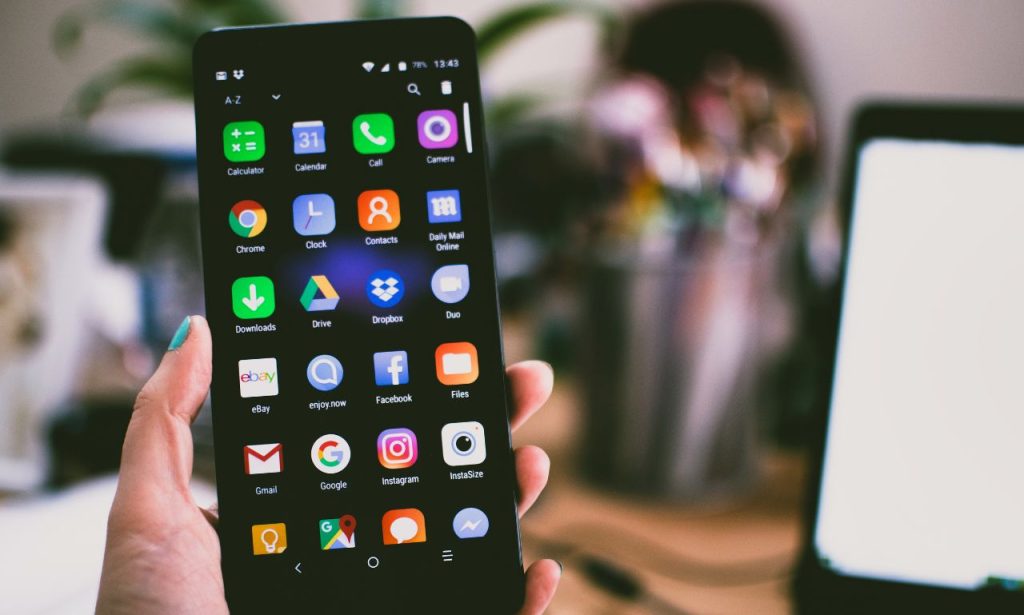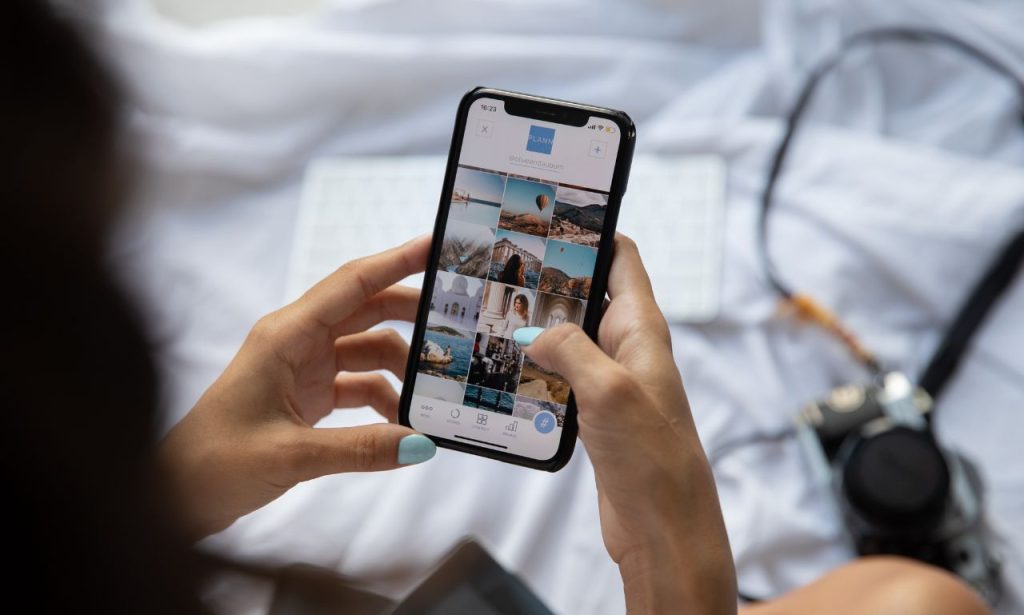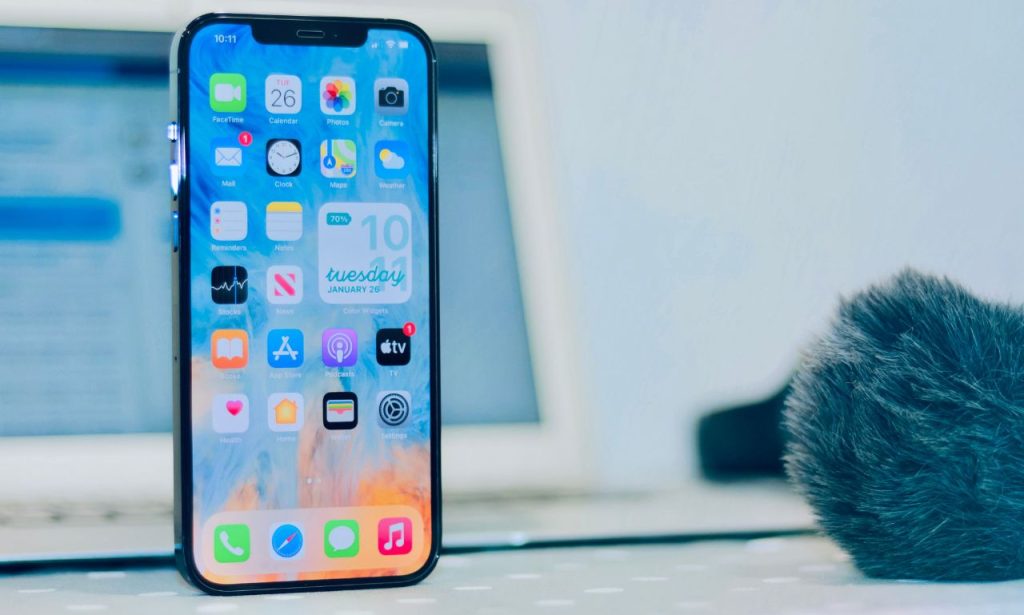Ordering a new smartphone can be an exciting yet daunting task. With so many options available, it’s crucial to consider various factors before making your purchase.
Understand the benefits of unlocked phones
Unlocked phones offer the freedom to switch carriers and plans without being tied to a specific network. They also tend to have lower monthly costs and no long-term contracts, giving you more flexibility when ordering a new smartphone. Unlocked devices allow you to take advantage of competitive pricing from different service providers and enable you to use your phone while traveling internationally by simply swapping out the SIM card.
Moreover, unlocked phones often receive software updates and security patches more quickly than carrier-locked devices, as the updates come directly from the manufacturer rather than having to go through the carrier’s testing and approval process. This means you can enjoy the latest features and improvements as soon as they become available.
Explore the difference between new and refurbished phones

When shopping for a phone, you’ll come across both new and refurbished options. New phones come straight from the manufacturer, while refurbished devices are pre-owned but have been inspected, repaired, and restored to like-new condition. Refurbished phones can be a great way to save money without sacrificing quality.
Refurbished phones undergo a rigorous process to ensure they meet strict quality standards. This process typically includes a thorough inspection, cleaning, and replacement of any worn or defective components. The devices are then tested to confirm they function properly and are repackaged with essential accessories.
Buying a refurbished phone can often save you hundreds of dollars compared to purchasing a brand-new device. Plus, opting for a refurbished phone is an environmentally friendly choice, as it helps reduce electronic waste by extending the life of existing devices.
Assess grading criteria for refurbished options
Refurbished phones are often graded based on their cosmetic condition, ranging from “like new” to “fair.” Understanding these grades can help you make an informed decision when ordering a new smartphone that fits your budget and preferences.
Grades like “like new” or “pristine” indicate that the phone shows minimal or no signs of wear and tear, while lower grades like “good” or “fair” may have more noticeable cosmetic imperfections such as scratches, dents, or scuffs. However, keep in mind that these cosmetic grades do not reflect the phone’s functional performance, as all refurbished devices should be in full working order regardless of their appearance.
When considering a refurbished phone, be sure to purchase from a reputable seller that offers a warranty and has a clear return policy. This will give you peace of mind and protection in case any issues arise with your device.
Consider pricing and cost-saving opportunities
Price is a significant factor when choosing a new phone. While flagship devices from top brands can be expensive, there are many ways to save money when ordering a new smartphone.
One way to save is by considering older models or previous-generation devices. These phones often have many of the same features as the latest models but at a lower price point. You can also look for sales, promotions, and bundle deals offered by retailers and carriers, especially during holidays and special events.
Another cost-saving option is to choose a phone with less storage capacity. If you don’t need a lot of space for apps, photos, and videos, opting for a model with less storage can help you save money without compromising on other features.
Investigate buyer protection policies
When purchasing a phone, look for retailers that offer buyer protection policies, such as extended warranties, return periods, and damage coverage. These policies can provide peace of mind and save you money in the long run.
Extended warranties can cover your device beyond the manufacturer’s standard warranty period, protecting you against defects and malfunctions. Some retailers also offer accidental damage coverage, which can be especially useful if you’re prone to dropping or spilling liquids on your phone.
Additionally, look for retailers with generous return policies, allowing you to return or exchange your phone if you’re not satisfied with your purchase. This can be particularly important when ordering a new smartphone online, as you may not have the opportunity to physically handle the device before buying.
Evaluate payment plans versus buying outright
Many retailers and carriers offer payment plans that allow you to spread the cost of your new phone over several months. While this can make the device more affordable upfront, it’s essential to compare the total cost of the payment plan to the price of buying the phone outright.
When considering a payment plan, look for options with 0% interest and no hidden fees. Some plans may require a down payment or have a higher overall cost than buying the phone outright, so be sure to read the fine print and calculate the total expense before committing.
If you have the funds available, buying your phone outright can often be the most cost-effective option in the long run. This approach also gives you the freedom to switch carriers or plans whenever you like, as you won’t be tied to a specific provider through a payment agreement.
Check compatibility with 5G services

As 5G networks continue to expand, ensuring your new phone is compatible with this technology is crucial. Research which carriers offer 5G service in your area and confirm that the phone you’re considering supports the necessary bands and frequencies.
5G technology offers faster download and upload speeds, lower latency, and improved network capacity compared to 4G LTE. This means you can enjoy smoother streaming, quicker downloads, and more responsive online experiences.
When shopping for a 5G-compatible phone, look for devices that support a wide range of 5G bands and frequencies, as this will ensure the best possible coverage and performance. Keep in mind that while 5G networks are expanding rapidly, coverage may still be limited in some areas, so it’s essential to check with carriers about availability in your location.
Look for promotional offers and discounts
Retailers and carriers often run promotions and offer discounts on new phones, especially during holidays and special events.
Prominent deals on new models
When new phone models are released, retailers may offer significant discounts or trade-in deals on older models. This can be an excellent opportunity to order a new smartphone at a lower price.
Stay informed about upcoming phone launches and keep an eye out for promotions around these events. You can also sign up for email newsletters or follow your favorite brands and retailers on social media to stay updated on the latest deals and offers.
Evaluating special bundle offers
Some retailers bundle phones with accessories, such as cases, screen protectors, or wireless earbuds. Evaluate these bundles to determine if they offer genuine value and savings compared to purchasing the items separately.
When considering a bundle deal, research the quality and reviews of the included accessories. Some bundles may include lower-quality or generic items that may not provide the best value or protection for your new phone.
Also, compare the cost of the bundle to the combined price of purchasing the phone and accessories individually. In some cases, you may find better deals or higher-quality accessories by shopping around and buying them separately.
Research top smartphone brands
With numerous brands vying for your attention, it’s essential to research and compare the offerings from top manufacturers like Apple, Samsung, Google, and OnePlus.
Each brand has its own unique strengths and weaknesses, so consider your priorities when evaluating their products. For example, Apple is known for its seamless ecosystem integration and strong privacy features, while Samsung offers a wide range of devices with cutting-edge display technology.
Google’s Pixel lineup is renowned for its exceptional camera performance and pure Android experience, while OnePlus devices often pack flagship-level specs at more affordable prices.
Latest features in flagship phones
Flagship phones from these brands often boast cutting-edge features, such as advanced cameras, high-refresh-rate displays, and powerful processors. Consider which features are most important to you when ordering a new smartphone.
Some of the latest advancements in smartphone technology include:
- Multi-lens camera systems with improved zoom, low-light performance, and portrait mode capabilities
- High-refresh-rate displays (90Hz, 120Hz, or higher) for smoother scrolling and more responsive touch input
- 5G connectivity for faster download and upload speeds, lower latency, and better network capacity
- Powerful processors and ample RAM for seamless multitasking and demanding applications
- Large, high-resolution displays with minimal bezels and in-display fingerprint sensors
- Wireless charging and reverse wireless charging for convenient and cable-free power sharing
Prioritize the features that matter most to you and your intended use case when selecting a new smartphone.
Budget-friendly alternatives

If flagship phones are outside your budget, many brands offer mid-range and budget-friendly options that still deliver excellent performance and features. Don’t overlook these alternatives when shopping for your new device.
Brands like Motorola, Nokia, and Xiaomi offer compelling devices at lower price points, often with features like multiple camera lenses, large batteries, and modern designs. These phones may not have all the bells and whistles of flagship models, but they can still provide a great user experience and value for money.
When considering budget-friendly options, look for devices with a good balance of specs, such as a reliable processor, sufficient RAM and storage, and a decent camera setup. Read reviews from trusted sources to get a sense of real-world performance and any potential drawbacks.
Assess necessary accessories and benefits
When ordering a new smartphone, consider the accessories you’ll need to make the most of your device.
Essential accessories for smartphone use
Some must-have accessories include a protective case, screen protector, and a reliable charging cable. Research which accessories are compatible with your chosen phone model.
A good protective case can help safeguard your phone against drops, bumps, and scratches, while a screen protector can prevent cracks and damage to the display. Look for cases and screen protectors that are specifically designed for your phone model to ensure a perfect fit and optimal protection.
Investing in a high-quality charging cable can also make a big difference in your daily smartphone use. Cheap, generic cables may fray or break easily, leading to inconsistent charging or even damage to your phone’s charging port. Opt for durable, MFi-certified (for Apple devices) or USB-IF certified (for Android devices) cables from reputable brands.
Warranty and service plans
Investigate the warranty and service plans offered by the manufacturer or retailer. These plans can provide coverage for defects, accidental damage, and even theft, giving you added protection for your new investment.
Manufacturer warranties typically cover defects in materials and workmanship for a limited time, often one to two years from the date of purchase. Some manufacturers also offer extended warranty plans that can provide additional coverage for a longer period.
Retailers may offer their own service plans, which can include accidental damage protection, extended warranty coverage, and even theft protection. These plans can be especially useful if you’re prone to accidents or live in an area with a high risk of theft.
When evaluating warranty and service plans, consider factors such as the length of coverage, the types of incidents covered, and any deductibles or fees associated with making a claim. Also, read reviews and compare plans from different providers to find the best option for your needs and budget.
Make an informed decision before purchasing

Armed with this knowledge, you can confidently navigate the world of unlocked and no-contract phones to find the perfect device for your needs and budget. Remember to take your time, compare options, and read reviews from trusted sources before ordering your new smartphone.
Consider your priorities, such as camera quality, battery life, display size, and processing power, and weigh them against your budget constraints. Don’t be swayed by flashy marketing or gimmicky features; instead, focus on the aspects that will have the most significant impact on your daily use and enjoyment of the device.
Once you’ve narrowed down your options, take advantage of any opportunities to see the phones in person, whether at a local electronics store or by borrowing from a friend. Hands-on experience can give you a better sense of the device’s size, weight, and overall feel, which can be difficult to gauge from online images and descriptions alone.
Ready to upgrade your mobile experience? Start exploring the latest smartphone deals and offerings from top brands and retailers today!
ALSO READ: 10 Stores like Marshalls You Shouldn’t Miss
FAQs
GSM (Global System for Mobile Communications) and CDMA (Code-Division Multiple Access) are two different types of mobile network technologies. GSM is more widely used globally and allows users to swap SIM cards between devices, while CDMA is less common and often ties users to a specific carrier. Most modern smartphones support both GSM and CDMA networks, but it’s essential to check compatibility with your desired carrier before purchasing.
In most cases, yes. If your existing SIM card is from a compatible carrier and is the correct size for your new unlocked phone (e.g., nano-SIM, micro-SIM, or standard SIM), you should be able to transfer it to your new device. However, if you’re switching carriers or your old SIM card is not compatible, you may need to obtain a new SIM card from your chosen provider.
There are several ways to transfer data between phones, depending on your devices and operating systems. For iPhone users, iCloud or iTunes can be used to backup and restore data. Android users can utilize Google’s built-in backup service or third-party apps like Samsung Smart Switch. Many manufacturers also offer their own data transfer tools, such as Huawei Phone Clone or OnePlus Switch, to simplify the process.





